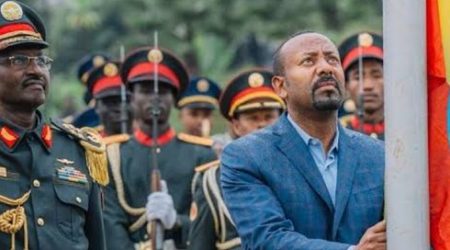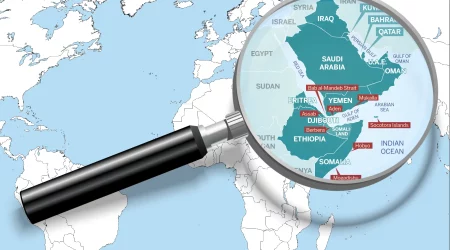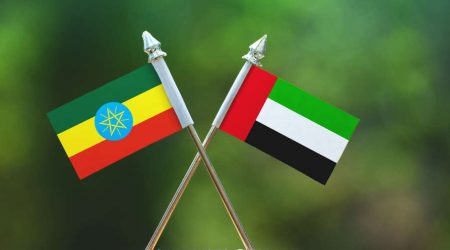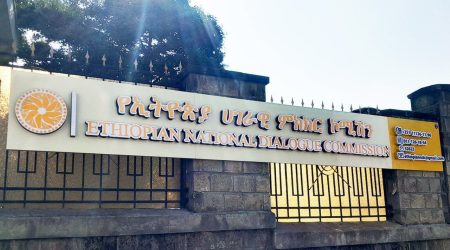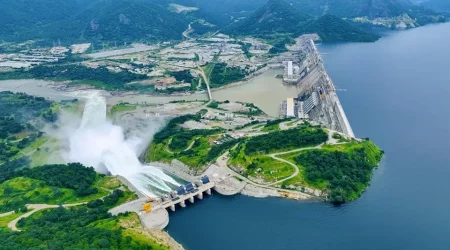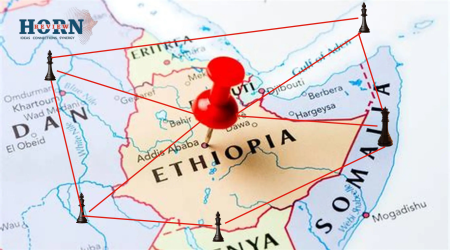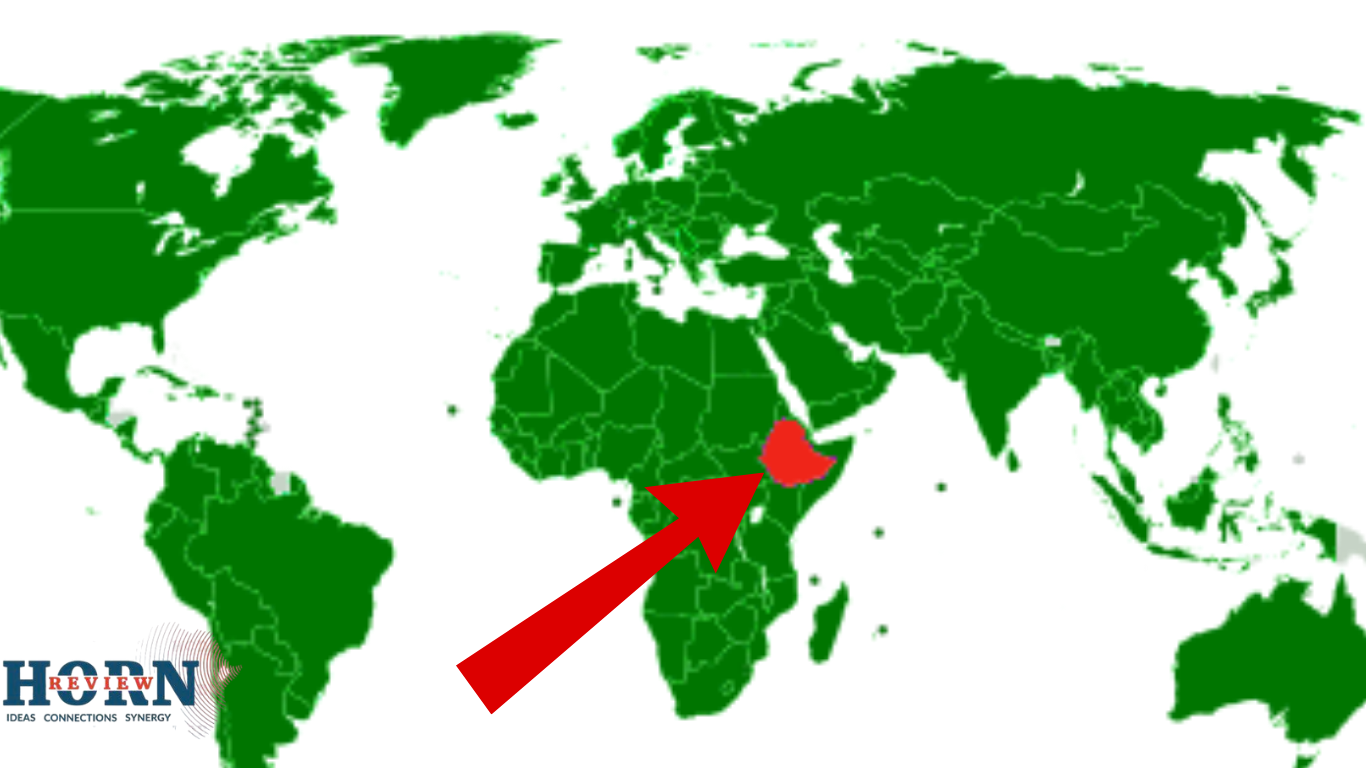
7
Jul
From Concession to Negotiation: Ethiopia’s Strategic Reorientation in Treaty-Making and Diplomacy
Ethiopia’s diplomatic tradition has long aimed to safeguard sovereignty and national interests, yet a pattern of concessions even after military successes has fueled concerns about treaty outcomes. The celebrated victory at Adwa and the subsequent Treaty of Addis Ababa in 1896 exemplifies how decisive military achievement, when skillfully leveraged, secured the unconditional abrogation of a protectorate claim and formal recognition of independence (Marcus, 1995). In contrast, the Eritrean-Ethiopian War illustrates how failure to anticipate and enshrine existential interests, most notably reliable sea access, can lead to protracted stalemates.
The Algiers Agreement of 2000, required binding arbitration by the Eritrea-Ethiopia Boundary Commission; whose 2002 ruling awarded Badme, the conflict’s flashpoint, to Eritrea and confirmed Eritrea’s sovereignty over its Red Sea coast and ports despite Ethiopia’s military gains. Ethiopia rejected the decision as “unjust and illegal,” resulting in a prolonged stalemate until rapprochement in 2018 (Tekle, 2007). While Ethiopia had been landlocked since Eritrea’s independence in 1993, the signed Algiers agreement formalized existing borders and underscored the failure to secure binding transit arrangements rather than introducing new restrictions.
More recently, the Pretoria peace accord during the Tigray conflict in 2022 benefited from clearer objectives and leverage: the federal government’s strong military position facilitated terms restoring federal authority, control of infrastructure, and disarmament, with subsequent implementation discussions focused on detailing mechanisms rather than revisiting core positions (African Union, 2022). However, the Nairobi follow-up modalities, intended to operationalize the Pretoria Agreement, gradually diluted some of Ethiopia’s leverage.
Instead of consolidating the gains secured at the negotiating table, the process opened the door to parallel interpretations, particularly around issues like the status of contested areas, the role of foreign actors, and transitional justice mechanisms. By engaging in post-agreement forums without reaffirming its non-negotiables, the federal government risked normalizing ambiguity and creating space for renewed pressure from external mediators and regional actors, undermining the clarity and assertiveness that initially defined its diplomatic posture.
Evolution of Public Relations in Ethiopian Diplomacy
Over time, Ethiopia’s approach to public relations and communication in support of diplomacy has evolved but often suffered from institutional weaknesses. Under the EPRDF era, information, messaging, and mobilization were highly centralized through state-controlled media and party apparatuses, which, despite criticisms of manipulating consent, at least maintained a coordinated capacity for disseminating official narratives (Abbink, 2009).
In the Abiy Ahmed era, foreign policy and communication have sometimes depended heavily on personalized initiatives and ad hoc channels, demonstrating agility in achieving milestones such as rapprochement with Eritrea or memoranda with Somaliland (specifically the 2024 MoU granting port access, which sparked regional debate over sovereignty and recognition), but weakening systematic public engagement. Budgetary constraints in the Ministry of Foreign Affairs and reliance on momentary appeals have limited sustained narrative-building across Ethiopia’s diverse communities. Attempts to mold public opinion without transparent, evidence-based engagement risk short-term cohesion at the expense of long-term legitimacy. Genuine national unity and resilience require moving beyond practices of top-down persuasion toward inclusive dialogue that acknowledges the complexity and cultivates broad ownership of diplomatic goals.
Strategic Recommendations for Diplomatic Reorientation
Addressing past shortcomings demands a fundamental shift in negotiating mindset and institutional capacity. The Foreign Ministry must be professionalized and resourced to sustain specialized units for treaty design, legal analysis, and public diplomacy. An interagency mechanism should ensure coordinated positions that reflect inputs from defense, finance, water resources, transport, and communications experts, enabling rigorous scenario planning and contingency development. Core interests, such as binding sea access guarantees, should be defined as non-negotiable before talks begin, while fallback options like alternative transit corridors and infrastructure collaborations must be prepared in advance. Negotiation teams ought to undergo continuous training in strategic bargaining and legal frameworks, fostering continuity beyond individual leaders.
Public diplomacy should become proactive and ethical: publishing verifiable data on strategic challenges, commissioning independent studies, and sharing findings domestically and internationally to build credibility. Broad consultations with civil society, diaspora communities, and experts can inform policy, reveal public sentiment, and foster ownership of diplomatic objectives. Misinformation should be addressed through transparent fact-based responses rather than suppression, and spokespersons must be trained in crisis communication to engage effectively on global platforms.
Strategic partnerships and legal advocacy are essential for addressing landlocked vulnerabilities. Ethiopia should negotiate binding agreements with transit states such as Djibouti, Sudan, Kenya, and Somaliland, embedding clear commercial, security, and dispute-resolution clauses that safeguard long-term access. At the same time, exploring international legal avenues under conventions like UNCLOS (e.g., Article 125 and 127 concerning the right of access of land-locked states to and from the sea and freedom of transit) can reinforce Ethiopia’s position, supported by scholarly opinions and potential arbitration frameworks (Churchill & Lowe, 1999).
Regional and multilateral coalition-building through forums such as the African Union, IGAD, and the Nile Basin Initiative can align Ethiopia’s interests with broader agendas of equitable resource management and regional integration, leveraging collective influence to secure transit rights and water agreements.
Engaging the local and partnering with international think tanks can amplify Ethiopia’s evidence-based arguments and mobilize support in foreign capitals. Cultivating national resilience involves investing in civic education that highlights Ethiopia’s pluralistic heritage, historical precedents of assertive diplomacy, and shared development vision, thereby reinforcing collective identity and bargaining power. Inclusive governance mechanisms that allow diverse voices to contribute to policy discussions will reduce internal divisions and enhance legitimacy, as trust in institutions at home strengthens credibility abroad (Merera, 2003).
Learning from historical precedents, Ethiopia must evolve from reactive treaty postures that risk unsustainable concessions to proactive assertions grounded in well-prepared, institutionally supported diplomacy. The triumph at Adwa demonstrates the promise of leveraging strength with clarity of purpose, while the Algiers Agreement serves as a cautionary tale about neglecting enforceable guarantees on vital interests. Contemporary successes in peace negotiations show the value of defined objectives, coordinated preparation, and clear red lines.
By professionalizing diplomatic institutions, engaging the public through transparent, evidence-based narratives, forging binding transit arrangements, and building regional coalitions, Ethiopia can negotiate future agreements from a position of strength. In nurturing inclusive national resilience and shared ownership of foreign policy goals, the country will bolster both domestic legitimacy and international influence. This transformation will enable Ethiopia to shed any vestiges of submissiveness and confidently harness its history, alliances, and communication capacities to secure enduring sovereign interests and development aspirations for generations to come.
By Tsega’ab Amare,Researcher,Horn Review
References
- Abbink, J. (2009). The Ethiopian second republic and the challenge of ethnic federalism. Journal of Eastern African Studies, 3(3), 405–422.
- African Union Commission. (2022, November). Agreement for lasting peace through a permanent cessation of hostilities between the Government of the Federal Democratic Republic of Ethiopia and the TPLF. AU Peace and Security Council (PSC) Communiqué.
- Churchill, R. R., & Lowe, A. V. (1999). The law of the sea (3rd ed.). Manchester University Press.
- Marcus, H. G. (1995). The life and times of Menelik II: Ethiopia 1844–1913. Red Sea Press.
- Merera, G. (2003). Ethiopia: Competing ethnic nationalism and the quest for democracy, 1960–2000. Shama Books.
- Tekle, A. (2007). The Eritrea–Ethiopia boundary dispute. African Security Review, 16(1), 16–30.

